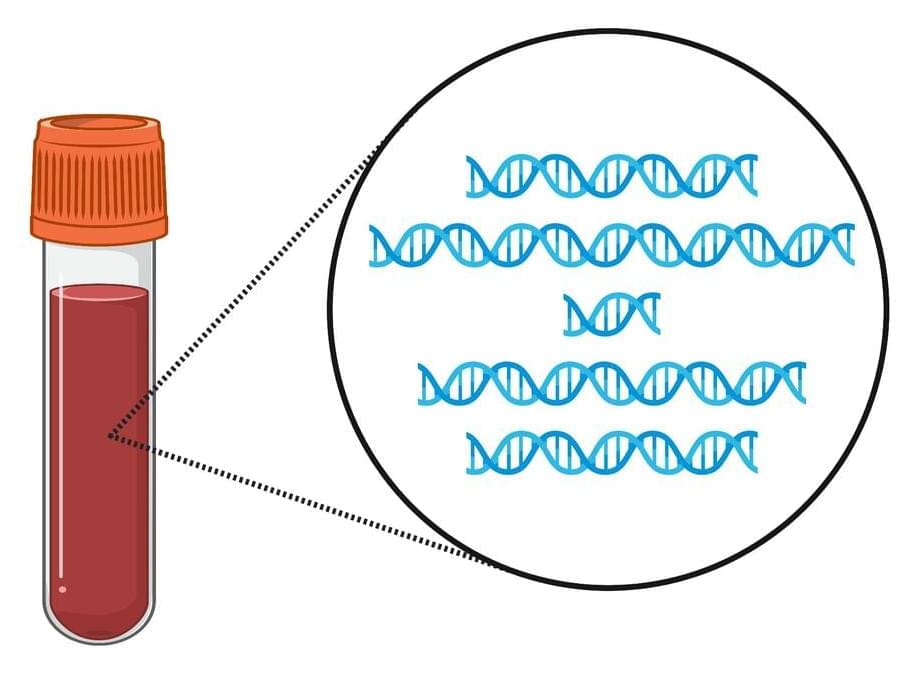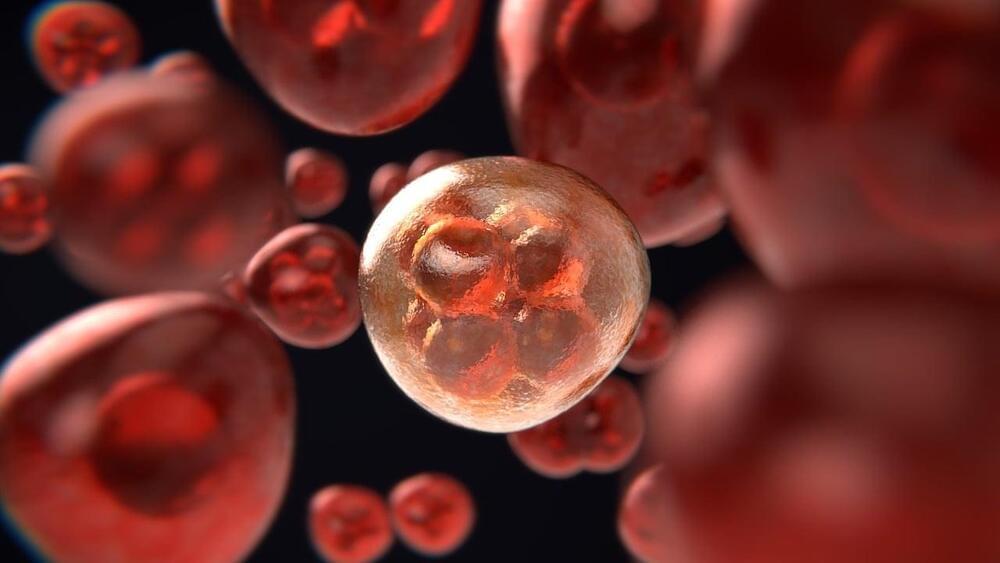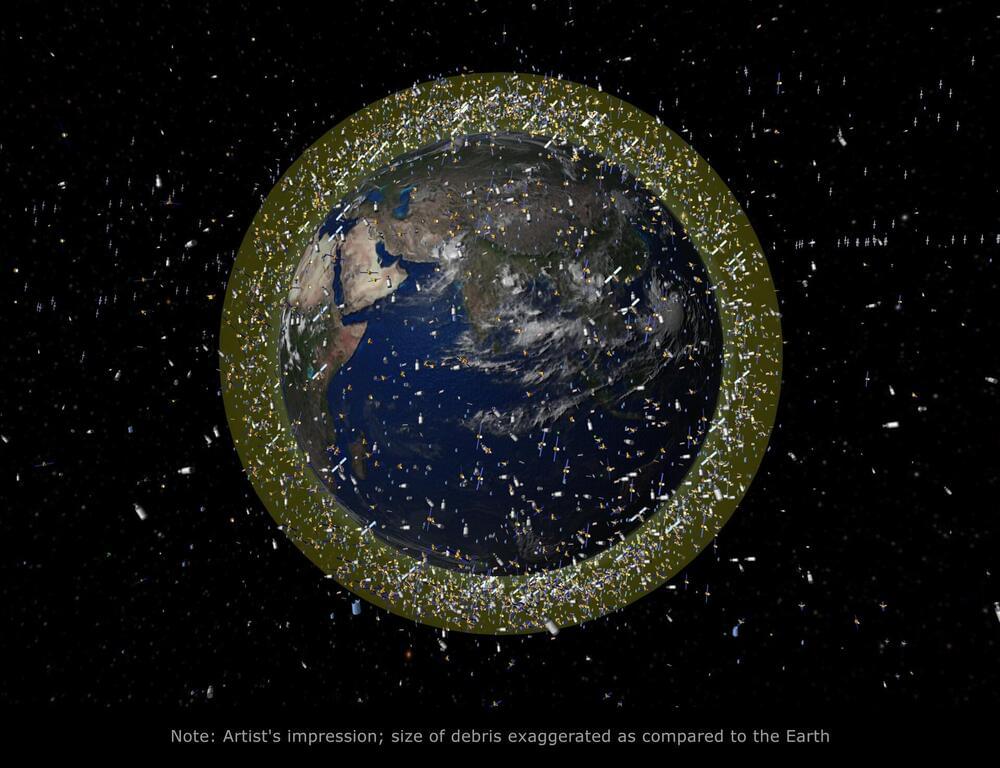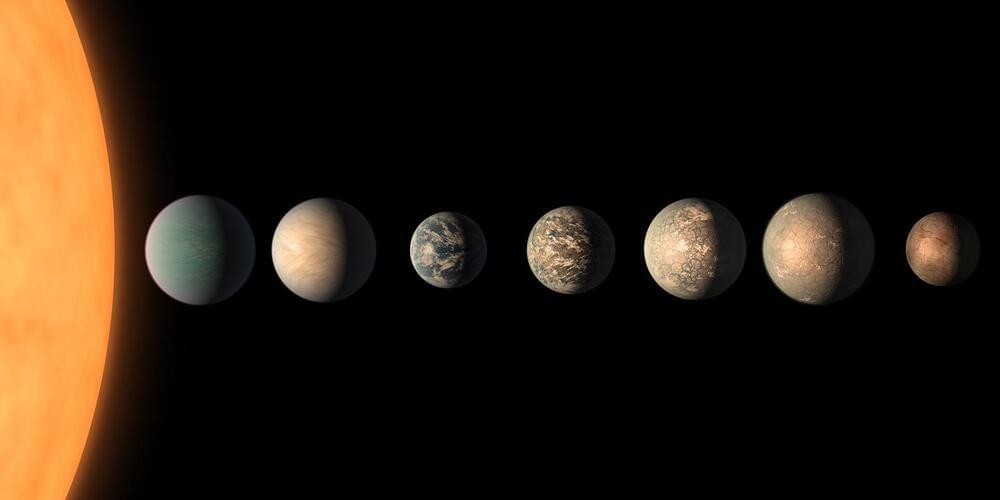Elon Musk’s SpaceX launched its first six satellites capable of offering mobile phone service as the company races to bring more connectivity to remote areas.
Another advantage of fragmentomics is that it requires much less blood than other liquid biopsy tests, she added.
The fragmentomics approach is also appealing because it requires only a blood draw, Dr. Greten noted, which is typically faster, easier to get, and less expensive than an ultrasound.
Fragmentomics is a next-generation liquid biopsy approach, said Dr. Velculescu. And it can potentially be used to detect other kinds of cancer, in addition to those the team has already studied, he added.
Researchers are honing in on ways to halt the progression of MS and maybe even prevent it altogether:
From promising stem cell therapies to EBV vaccines, researchers are closer than ever to finding a cure for MS.
This post is also available in:  עברית (Hebrew)
עברית (Hebrew)
A research team from UNIST has made a discovery that might revolutionize cancer treatment as we know it-new cell-engaging nano-drones that were designed to target and eliminate cancer cells selectively.
These tiny bots are called NK cell-engaging nano-drones (NKeNDs), and their success lies in their ability to engage natural killer (NK) cells, the body’s frontline defenders against cancer. Using NK cells in cancer treatment is not new, but what sets these nanodrones apart is their precision. They are engineered to zero in on cancer cells almost like guided missiles.
🧬 💉 🔬 https://www.news-medical.net/news/20240103/EZH2-inhibitors-s…tment.aspx Type1Diabetes # EZH2Inhibitors # BetaCellRegener…
Study explores the potential of EZH2 inhibitors GSK126 and Tazemetostat in stimulating β-cell regeneration from pancreatic ductal progenitor cells, offering a novel therapeutic approach for Type 1 Diabetes.
Simulations have shown that a high-speed kinetic weapon weighing 20kg could stop an enemy tank in its tracks.
How does the developing brain process surprising sounds and what changes as we grow up?
For children, the world is full of surprises. Adults, on the other hand, are much more difficult to surprise. And there are complex processes behind this apparently straightforward state of affairs. Researchers at the University of Basel have been using mice to decode how reactions to the unexpected develop in the growing brain.
Babies love playing peekaboo, continuing to react even on the tenth sudden appearance of their partner in the game. Recognizing the unexpected is an important cognitive ability. After all, new can also mean dangerous.
The exact way in which surprises are processed in the brain changes as we grow, however: unusual stimuli are much more quickly categorized as “important” or “uninteresting,” and are significantly less surprising the second and third time they appear. This increased efficiency makes perfect sense: new stimuli may gain our attention, but do not cause an unnecessarily strong reaction that costs us energy. While this may appear trivial at first, so far there has been very little research into this fact in the context of brain development.
NASA space debris expert Don Kessler observed that, once past a certain critical mass, the total amount of space debris will keep on increasing: collisions give rise to more debris and lead to more collisions, in a chain reaction. So Clean Space is seeking not just to cut debris production from future ESA missions but to reduce the total mass of current debris, such as the robotic salvage of derelict satellites. The task is an urgent one: debris levels have increased 50% in the last five years in low orbit.
Can a lack of certain atmospheric characteristics in an exoplanet be a sign of life? This is what a team of international scientists hope to unlock as they discuss a novel strategy for detecting the lack of carbon dioxide in a rocky exoplanet’s atmosphere compared to other planets in the same system and how it could help isolate where to look for life. In a recent study published in Nature Astronomy, the researchers ascertain this investigation could be conducted using data from NASA’s James Webb Space Telescope (JWST) and holds the potential to help astronomers better understand the necessary atmospheric conditions that could be suitable for finding life as we know it throughout the cosmos.
“The Holy Grail in exoplanet science is to look for habitable worlds, and the presence of life, but all the features that have been talked about so far have been beyond the reach of the newest observatories,” said Dr. Julien de Wit, who is an assistant professor of planetary sciences at the Massachusetts Institute of Technology and a co-author on the study. “Now we have a way to find out if there’s liquid water on another planet. And it’s something we can get to in the next few years.”
The researchers postulate a three-step strategy for using JWST in detecting carbon dioxide and ozone in exoplanets residing in the TRAPPIST-1 system located approximately 40 light-years from Earth. This strategy calls for detecting a planetary atmosphere around rocky exoplanets in approximately 10 transits of the parent star, assessing a lack of carbon dioxide within the exoplanet’s atmosphere in approximately 40 transits, and obtaining measurements of the atmosphere’s ozone while comparing this to the lack of carbon dioxide in approximately 100 transits.
Young gators can sprout new tails that can reach up to nine inches, helping them survive through their juvenile years.









